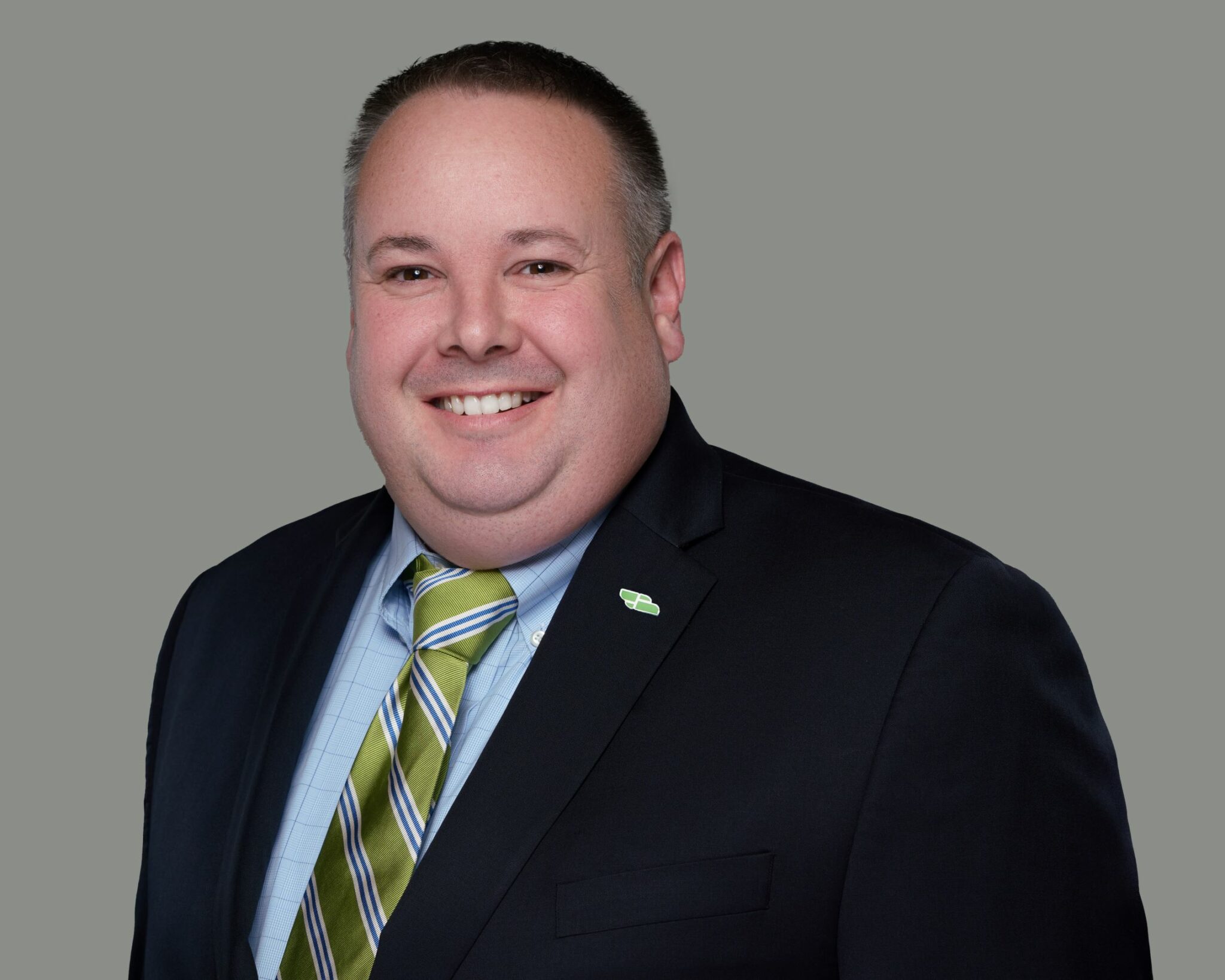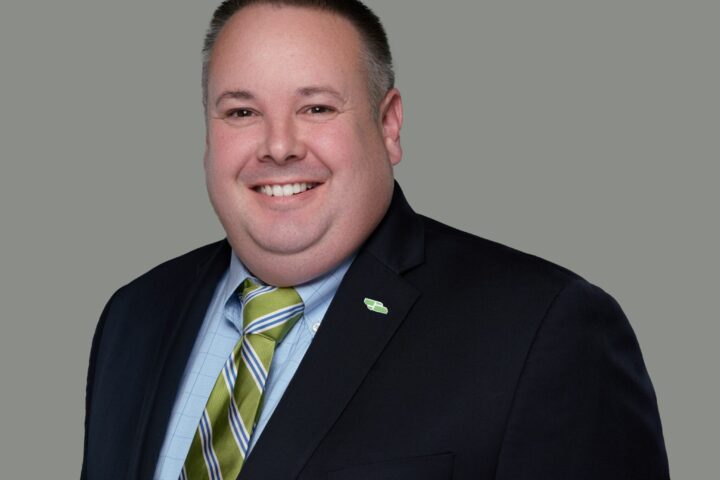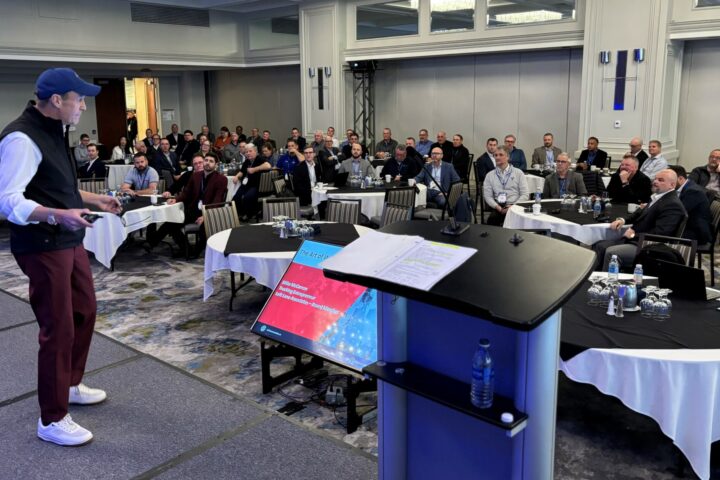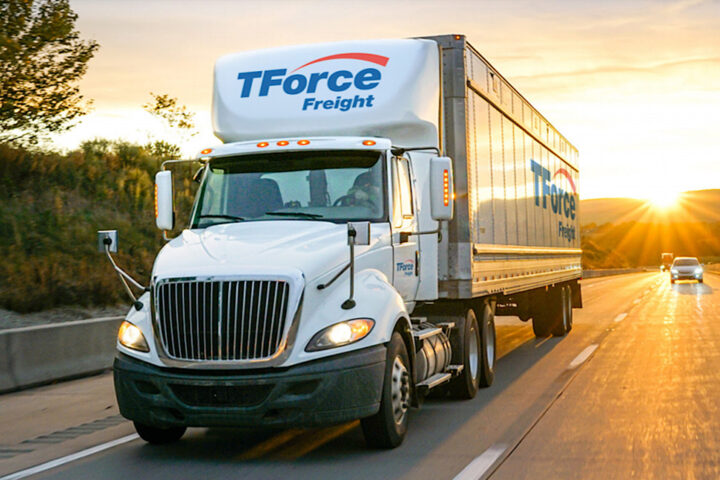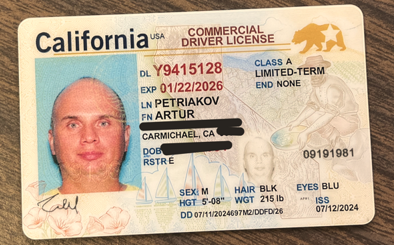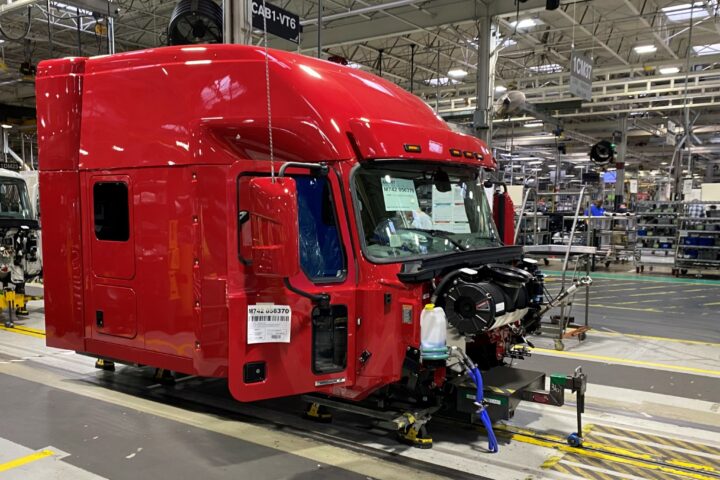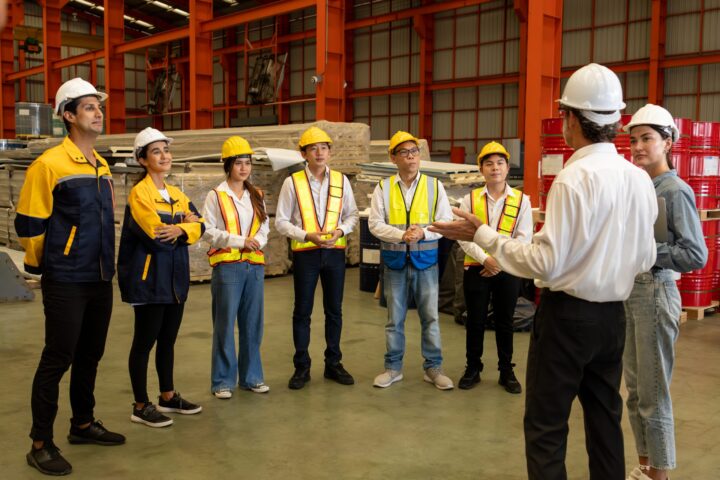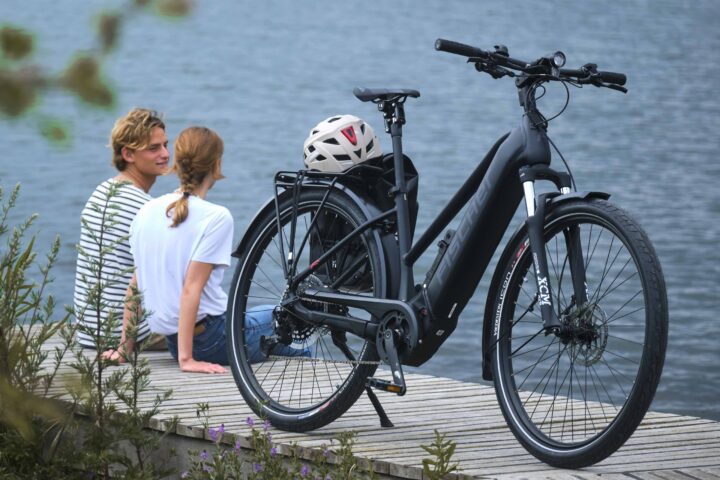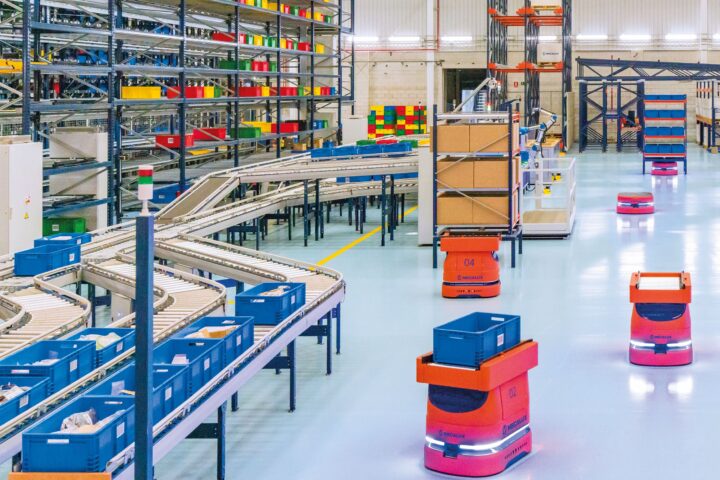Discussions at the American Trucking Associations’ (ATA) Management Conference & Exhibition revealed, among other things, that there are a whole lot of fleets just hanging on for survival.
Those who’ve deferred maintenance investments while drastically extending their equipment lifecycles may be among the most vulnerable, noted Bob Costello, ATA’s chief economist.
“It’s going to catch up with you at some point,” he said of deferred maintenance. “Some of these smaller fleets have cut so much because they’ve been forced to by market conditions and now it’s starting to catch up to them.”
“In terms of maintenance, it’s critical to know your numbers, regardless of the size of the organization,” added Cheryl Garcia, senior vice-president and head of government transportation with U.S. Bank, speaking on the same panel. “The reality is, if you put off maintenance, or you’re not keeping track of your expenses, it’s going to cost you even more in the future, whether that’s through breakdowns, or injuries and accidents. You’re going to pay for it one way or the other.”
Trucknews.com caught up with lifecycle expert Brian Antonellis, senior vice-president, fleet operations with Fleet Advantage to chat about the impact extending lifecycles has on maintenance and repair costs. Here’s an edited version of that discussion:
TN: Obviously, you’re seeing the same things we are regarding fleets extending lifecycles through this downturn. Do they fully understand what that does to their maintenance and repair costs?
Antonellis: Absolutely not. There’s really two components to that. You end up with degradation of fuel economy, so a truck that’s gotten 7 mpg as it hits the 450,000-500,000 mile (720,000-800,000 km) mark, you start to see a degradation of fuel economy every year.
And you also start to see the costs rise from an M&R (maintenance and repair) standpoint. From year one, you are probably at 2-2.5 cents/mile to run a truck on the maintenance side. By the time you get up to year five, assuming you’re running roughly 100,000 miles (160,000 km) a year, you’re somewhere around 12.5-15 cents/mile and you’re starting to see large components start to fail and you’re going to get choppiness in your maintenance expense.
You’ll have things like transmissions, DPF systems and engines start to fail. Then, you get into this cycle where you’re putting good money after bad money trying to chase just a few more miles and it makes it really challenging. So, if you’re going to extend lifecycles, you really need to go back and say ‘What is it saving me from a capital or acquisition cost perspective?’ and compare that to what it’s going to cost to keep the units running.
TN: The average age of the rolling stock in our industry is increasing. What’s your advice to fleets that are pushing back the acquisition of new equipment, waiting on the market to improve?
Antonellis: I think it’s to run that math we just talked about. You can go ahead and run the cost per mile from an mpg standpoint and understand exactly where your fuel cost is going to go.
Typically, trucks have been improving by 1.5-2% a year on the fuel economy side. So not only is what you have degrading, if you’ve had a truck for five or seven years, you might by 8-9% off what a new vehicle will get you.
So, you have to understand how that’s going to affect your fuel expense and model out how it’s going to affect your cost per mile from an M&R standpoint. And if you don’t have trucks that have ever been run that long, you need to go back and look at some sort of industry vertical that shows the cost increase.
TN: As you alluded to, new trucks are much more efficient. They’re also more expensive to acquire. Is the value there from what you’ve seen of the latest models introduced?
Antonellis: Yes, the acquisition cost of equipment is higher. If you had a truck from five years ago you might have paid US$120,000 for a day cab. We know that between the Covid disruptions and supply chain challenges and getting ready for EPA27 [emissions regulations], that same day cab might be $160,000 today.
So, you do have an increased cost, but what we find is right around that four- to six-year mark is really the sweet spot to refresh that piece of equipment. Your total cash outlay is going to be the same but the only time it makes any sense at all to keep that piece of equipment and not go through that acquisition process is if you’re not running the miles – if your business is down and the truck is sitting.
But if you’re intending to run full miles, do that work, go through that process. It’s not easy. We have a team of analytics people in our group and that’s all they do all day.
TN: So, you’re not really deterred by the acquisition costs of the newest trucks on the market?
Antonellis: No. Fuel economy has jumped dramatically. We’re seeing fuel economy move from what would have been fairly consistently around 7-8 mpg to, with some of the new models, into the 9s and low 10s. If you’re picking up 1 mpg and running 100,000 miles (160,000 km) a year, it’s a compelling reason to go ahead and upgrade.
The fuel economy is certainly nice and it’s consistent, but also what happens to your M&R cost? That’s really where you have a lot of savings. It absolutely runs away from you on that at 450,000-500,000 miles (720,000-800,000 km).
TN: With uncertainty around emissions regulations and tariffs, what’s the likelihood new trucks could become less expensive to procure? Do you see any scenario in which trucks become less expensive?
Antonellis: Absolutely not. Pre-Covid – and that seems like a million years ago now – you could almost count on between a 1.8-2.4% price increase every year. But since then, you’re seeing increases because OEMs are rolling out new cabs, new engine configurations and costs are going up by up to 10% a year. And when you’re starting at $150,000 or $160,000, you’re talking about an increase of $15,000 or $16,000.
Interested in learning more about how extended lifecycles affect a fleet’s maintenance and repair costs? Or how leading fleets are managing extended lifecycles without compromising their maintenance practices or safety programs? Join me for a free webinar Nov. 20 at 3 p.m. EST featuring Brian Antonellis, Adam Wolk, vice-president of fleet maintenance with Canada Cartage, and Peter Cooper, CEO Ascend Consulting. Register here.

